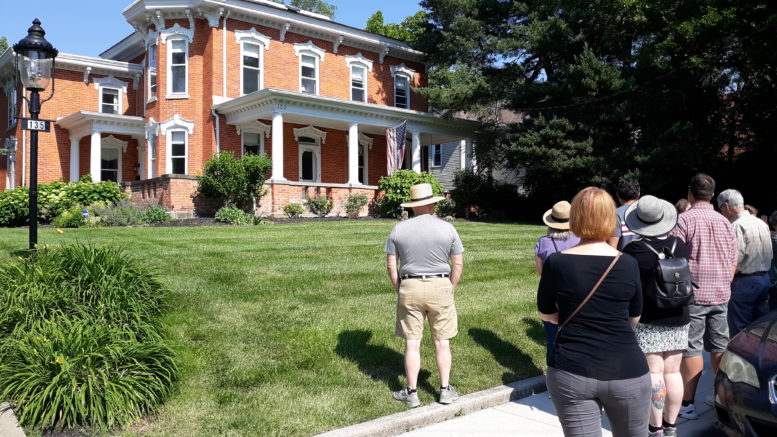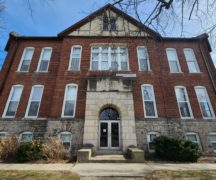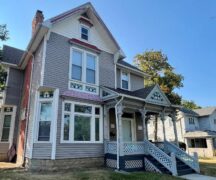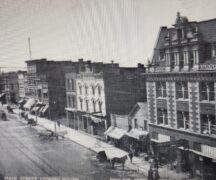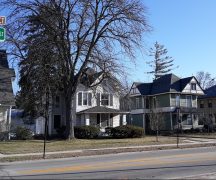By JAN LARSON McLAUGHLIN
BG Independent News
The Bowling Green Historic Preservation Commission is trying to weave together the city’s past by following threads leading back nearly 200 years.
The commission’s original mission was to help preserve historic structures in the city. In the process, the members have become immersed in Bowling Green’s past.
And now the commission is hoping to enlist local citizens and artists in an effort to highlight bits of the city’s history through strategically placed signs in the community.
On Tuesday, the commission discussed copying an effort in Ann Arbor, Michigan, which brought together designers, artists and community members for one day, and gave them the charge of designing signs to share the city’s history.
Commission member Chris Tracy offered up her business, Juniper Brewing, as a location for the day-long effort sometime in September. Commission Chairperson Chris Mowen and Tracy will coordinate the effort, with the help of the city’s Friends of the Historic Preservation Commission.
The goal is to start with a couple signs in the downtown area, which will have the greatest visibility for the public.
The commission has discussed eventually erecting signs at historically significant sites throughout the community – such as the location of the first settler’s cabin on Haskins Road near Conneaut Avenue, the old Heinz plant on North Enterprise Street, the former Ohio National Guard Armory on East Wooster Street, and the site of a shootout between Pretty Boy Floyd and Bowling Green Police at corner of Clough and South Prospect streets.
During Tuesday’s meeting, commission member Wil Roudebush talked about reading “The First 100 Years of Bowling Green, Ohio,” which covered significant people, places and events in the city from 1833 to 1933. Roudebush talked about the rich history of oil and glass, with the community once having the moniker of “Crystal City.”
Roudebush said he became interested in several “threads” throughout the city’s history, focusing on manufacturing, mercantile, Civil War veterans who made the city their home, hotels, schools, railroads, parks, theaters, Oil Boom houses, cemeteries and taverns.
“That was the original place people got together to talk about things,” he said about the town taverns.
Commission member Geoff Howes talked about news of President Abe Lincoln’s death being spread through the community gathering place.
“The word got here at one of the taverns at 10 o’clock the next morning,” Howes said, sharing his research. “It just numbed everybody.”
Roudebush said learning about the city’s first century whet his appetite.
“It’s a good book,” he said, describing the bits of history as threads that connect the community. “You just can’t preserve everything – but we can recognize them.”
Also at the meeting, the commission learned of progress in creating a local historic designation for University Hall at Bowling Green State University. The group heard that an agreement has been signed by both BGSU President Rodney Rogers and Mayor Mike Aspacher. Commission member John Sampen suggested that designation could possibly be celebrated at the same time that BGSU opens the new campus entrance at Thurstin and Court streets.
The commission also held a public hearing on the first house being submitted for the Local Historic Register. The request for the home, at 328 E. Court St., will next have a public hearing with Bowling Green City Council.

